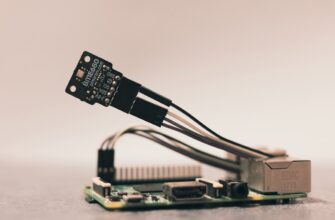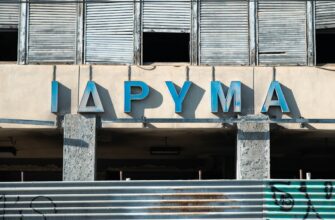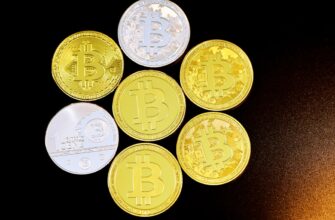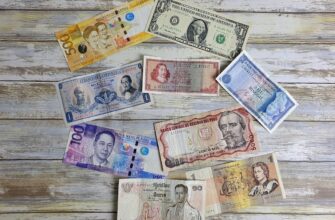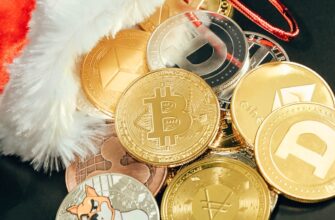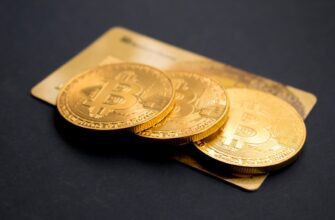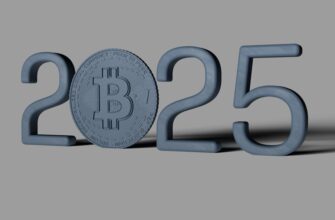- How to Buy Safely with PayPal: Your Ultimate Guide to Secure Online Shopping
- Why Use PayPal for Online Purchases?
- Essential Tips for Safe PayPal Shopping
- Step-by-Step Guide to Buying Safely with PayPal
- Understanding PayPal’s Buyer Protection
- Common PayPal Scams and How to Avoid Them
- Frequently Asked Questions (FAQs)
- Is PayPal safer than using a credit card directly?
- What should I do if I paid via PayPal but didn’t receive my item?
- Can I get scammed if I use PayPal?
- Does PayPal cover digital goods purchases?
- How do I spot a fake PayPal website?
How to Buy Safely with PayPal: Your Ultimate Guide to Secure Online Shopping
PayPal revolutionized online payments by offering a secure buffer between your bank and merchants. But even with its robust security, buyers must take proactive steps to avoid scams. This guide reveals actionable strategies to shop confidently using PayPal, covering everything from password hygiene to dispute resolution. Master these tips to turn PayPal into your ultimate safety net for e-commerce.
Why Use PayPal for Online Purchases?
PayPal isn’t just convenient—it’s engineered for security. Unlike direct credit card payments, PayPal never shares your financial details with sellers. Transactions are encrypted, and the platform offers:
- Buyer Protection: Reimbursement for eligible unauthorized purchases or undelivered items.
- 24/7 Fraud Monitoring: AI-driven systems detect suspicious activity instantly.
- Dispute Resolution: Mediation services if orders go wrong.
- Zero Liability: You’re not responsible for fraudulent transactions.
Essential Tips for Safe PayPal Shopping
Maximize security with these non-negotiable practices:
- Fortify Your Account: Use a unique, complex password and enable two-factor authentication (2FA).
- Verify Seller Legitimacy: Check reviews, ratings, and contact information before purchasing.
- Always Log In Directly: Type paypal.com manually—never click email links claiming to be PayPal.
- Inspect URLs Carefully: Ensure websites use https:// and display a padlock icon.
- Limit Linked Payment Methods: Connect a credit card (not a debit card or bank account) for stronger fraud recourse.
Step-by-Step Guide to Buying Safely with PayPal
Follow this foolproof process for every transaction:
- Select PayPal at Checkout: Choose PayPal as your payment method on the merchant’s site.
- Review Order Details: Confirm item description, price, and shipping address in the PayPal pop-up.
- Choose Funding Source: Pick your linked credit card for added chargeback options.
- Check Seller Protection Status: Ensure the transaction is marked “Eligible” or “Partially Eligible” under PayPal’s protection programs.
- Save Transaction Records: Keep order confirmations and tracking numbers until delivery.
Understanding PayPal’s Buyer Protection
PayPal’s Buyer Protection covers you if:
- An item never arrives.
- You receive a significantly different product (e.g., counterfeit goods).
- Unauthorized transactions occur on your account.
Key Exclusions: Real estate, vehicles, custom-made items, and person-to-person (P2P) payments. Always file disputes within 180 days of purchase.
Common PayPal Scams and How to Avoid Them
Stay ahead of fraudsters with these red flags:
- Phishing Emails: Fake “security alert” messages urging immediate login. Solution: Never click embedded links—log in via the official app or website.
- Overpayment Scams: Buyers/sellers sending excess funds and requesting refunds. Solution: Reject overpayments and report suspicious requests.
- Fake Escrow Services: Scammers posing as middlemen. Solution: Use only PayPal-integrated escrow for high-value items.
- “Friends & Family” Trick: Sellers requesting payment via this option to avoid fees—voiding your Buyer Protection. Solution: Always use “Goods and Services” for purchases.
Frequently Asked Questions (FAQs)
Is PayPal safer than using a credit card directly?
Yes. PayPal adds an extra security layer by shielding your card/bank details from merchants. Plus, its Buyer Protection supplements credit card chargebacks.
What should I do if I paid via PayPal but didn’t receive my item?
First, contact the seller. If unresolved, open a dispute in PayPal’s Resolution Center within 180 days. Provide evidence like communication records and tracking details.
Can I get scammed if I use PayPal?
While rare, scams can occur if you bypass safety practices (e.g., paying via “Friends & Family”). Stick to protected payment types and verified sellers to minimize risk.
Does PayPal cover digital goods purchases?
Generally, no. Buyer Protection excludes intangible items like software or e-books. Always vet sellers thoroughly for digital products.
How do I spot a fake PayPal website?
Look for misspellings in URLs (e.g., paypai.com), missing HTTPS encryption, and generic greetings like “Dear User.” Authentic PayPal emails address you by name.
By combining PayPal’s infrastructure with vigilant habits—like verifying sellers and scrutinizing every transaction—you transform online shopping into a fortress of security. Stay alert, document everything, and leverage PayPal’s tools to shop with unwavering confidence.

